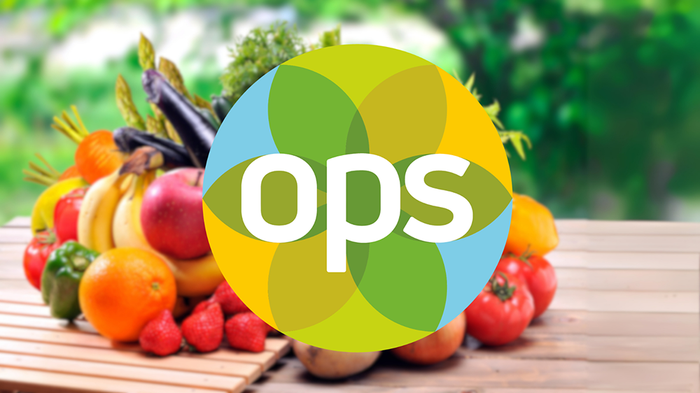Regenerative Agriculture: How does it intersect With Organic?
June 15, 2017
.jpg?width=1280&auto=webp&quality=95&format=jpg&disable=upscale)
The term Regenerative Agriculture has generated quite a buzz of late. Farmers, ranchers and many companies across the U.S. are embracing the term as a way to heal the planet and combat climate change. Some promote it as the next big stage for food and farming, calling it “Beyond Organic”. What exactly is this new farming philosophy and will it take root to become the next big food movement? What does it mean for organic producers?
The History of Regenerative Agriculture
The term Regenerative Agriculture was first coined in the 1980’s when Robert Rodale spoke at a conference he pronounced, “By marching forward under the banner of sustainability we are, in effect, continuing to hamper ourselves by not accepting a challenging enough goal. I am not against the word sustainable, rather I favor regenerative agriculture.”
It remained quiet on the Regenerative front until 2014, when the Rodale Institute, published a white paper titled ‘Regenerative Organic Agriculture and Climate Change’. It boldly stated that: … we could sequester more than 100% of current annual CO2 emissions with a switch to widely available and inexpensive organic management practices, which we term 'regenerative organic agriculture.'” The agricultural practices described are crop rotation, compost application, and reduced tillage, very similar to most organic agriculture.”
Regenerative Agriculture Today
In 2016 a global advocacy group, Regeneration International, coalesced to build a network that promotes and puts Regenerative Agriculture and its land-use systems into practice. Their goal is to provide nutritious food; revive local economies; rebuild soil fertility and biodiversity; and restore climate stability by returning carbon to the soil, through the natural process of photosynthesis.
Representatives from over 100 countries have endorsed the definition for this emerging “Regenerative” approach to growing food. This definition, coauthored by the Regenerative Agriculture Initiative, California State University, Chico, and The Carbon Underground: “….describes farming and grazing practices that, among other benefits, reverse climate change by rebuilding soil organic matter and restoring degraded soil biodiversity – resulting in both carbon drawdown and improving the water cycle.”
What is the definition of Regenerative Agriculture in practice?
No-till or minimum tillage: Tillage breaks up the soil and fungal communities while adding increasing respiration and CO2 emissions. It can be one of the most degrading agricultural practices, greatly increasing soil erosion and carbon loss.
A focus on soil fertility: Through application of cover crops, crop rotations, compost, and animal manures and less reliance on synthetic and artificial fertilizers.
Building biological ecosystem diversity: With inoculation of soils with composts, through full-time planting of multispecies cover crops, including borders for bees other beneficial insects and eliminating synthetic monocultures, low-biodiversity and soil degrading practices.
Well-managed grazing practices: To stimulate improved plant growth, increase soil carbon deposits, and overall pasture and grazing land productivity while greatly increasing soil fertility, insect and plant biodiversity, and soil carbon sequestration.
The Intersection with Organic
Why doesn’t it mention organic?
The definition of Regenerative supports the continued commitment to organic production; however, organic and regenerative are seen as complementary, but separate and able to stand alone. All farmers can be encouraged to adopt regenerative methods in order to achieve the levels of soil restoration necessary to reduce the threat of climate change and to preserve top soil. Agricultural techniques that are both organic and regenerative could be considered to be a higher standard of achievement.
What if Certified Organic is essential to my business?
A farm or product that is Certified Organic could benefit by adding the “Regenerative” commitment along with their organic certification.
To understand more about these agricultural practices, consider attending The First Annual Regenerative Earth Summit: Food + Climate + Culture, November 6 - 7, 2017, in Boulder, Colorado.
According to Seleyn DeYarus, Executive Director and Co-founder, of the Summit, “The Regenerative Earth Summit is designed to foster a richer cohesion and collaborative foundation within the natural and organic industry for building strategies in service to the potential positive impact the industry can make on addressing climate change.”

